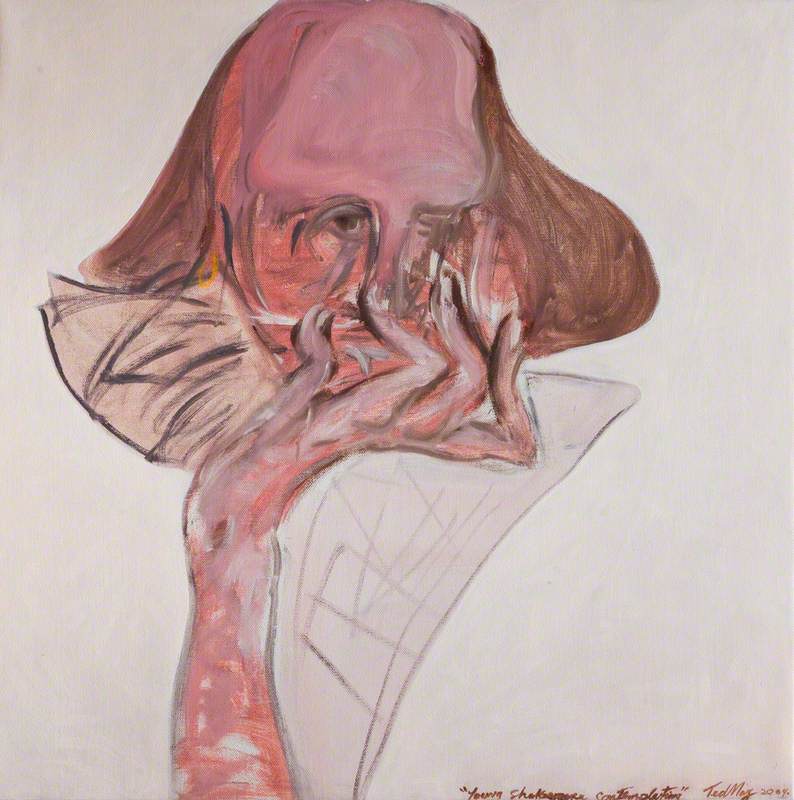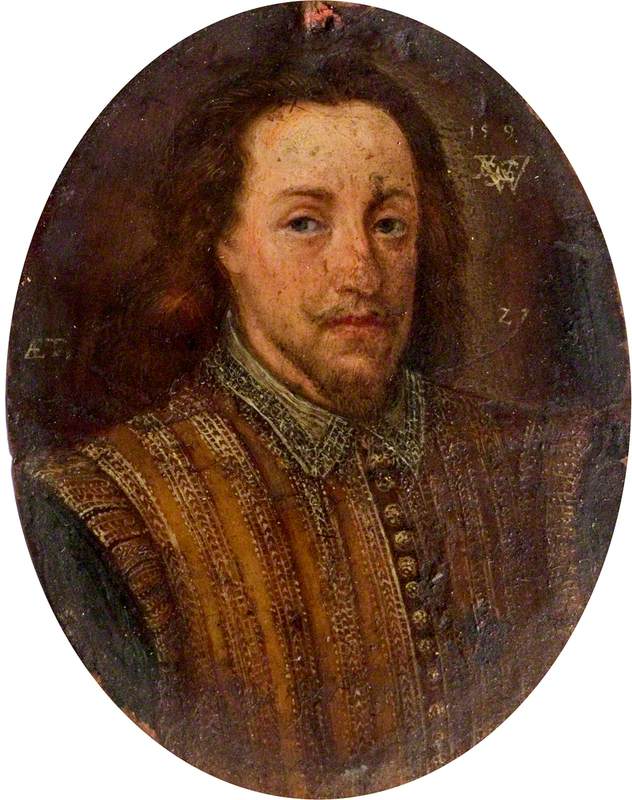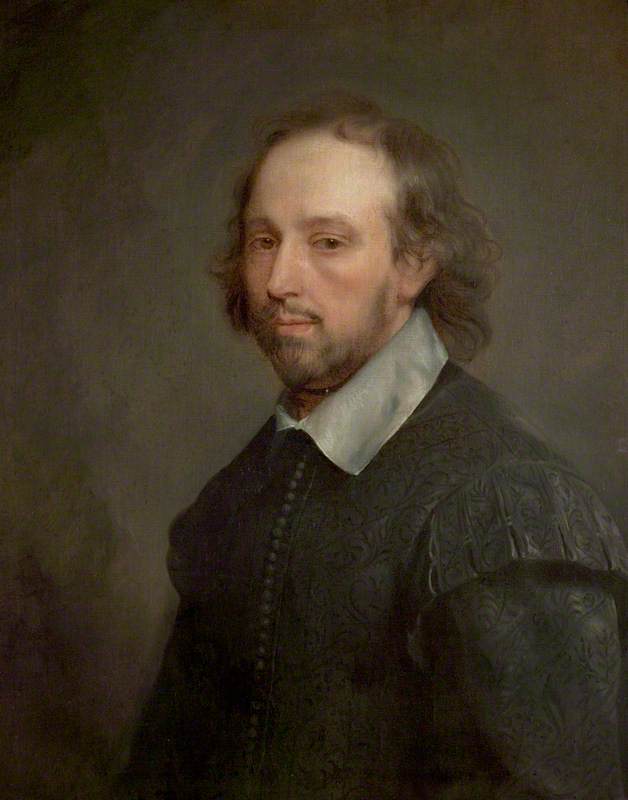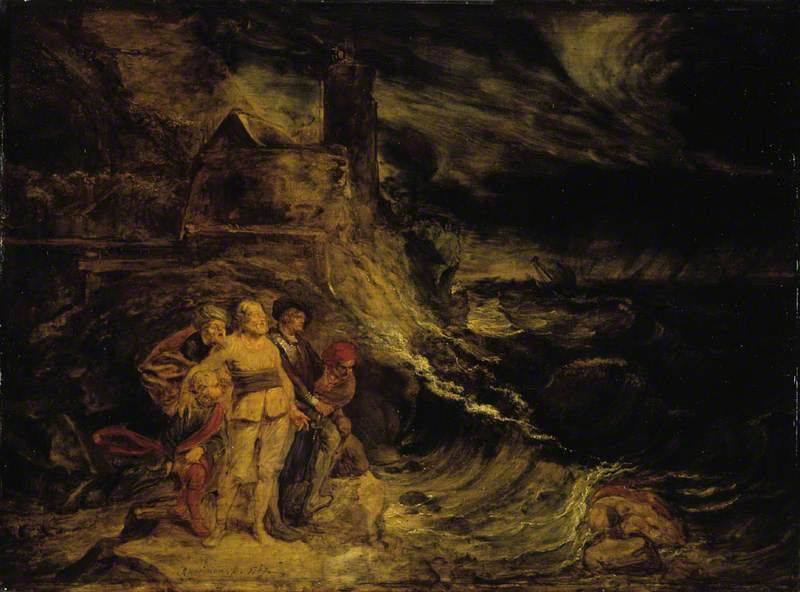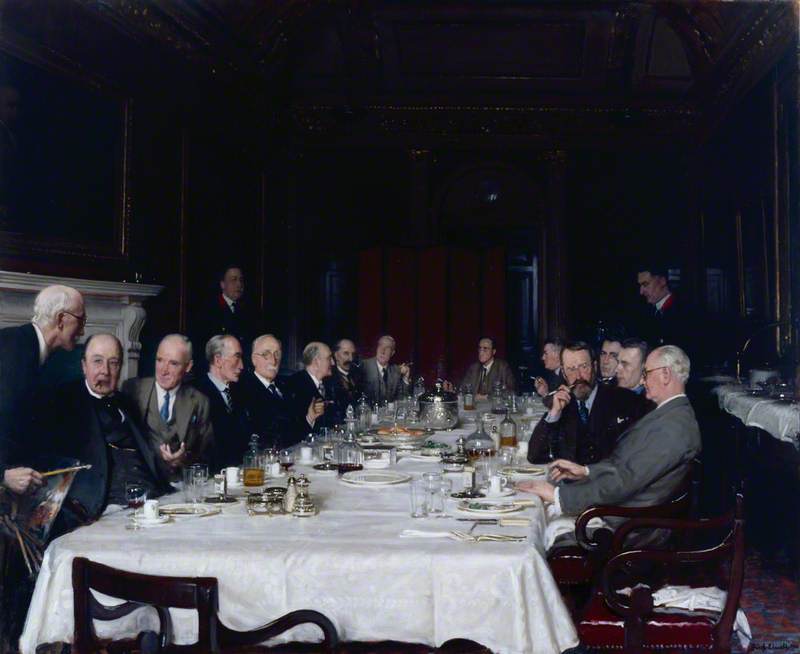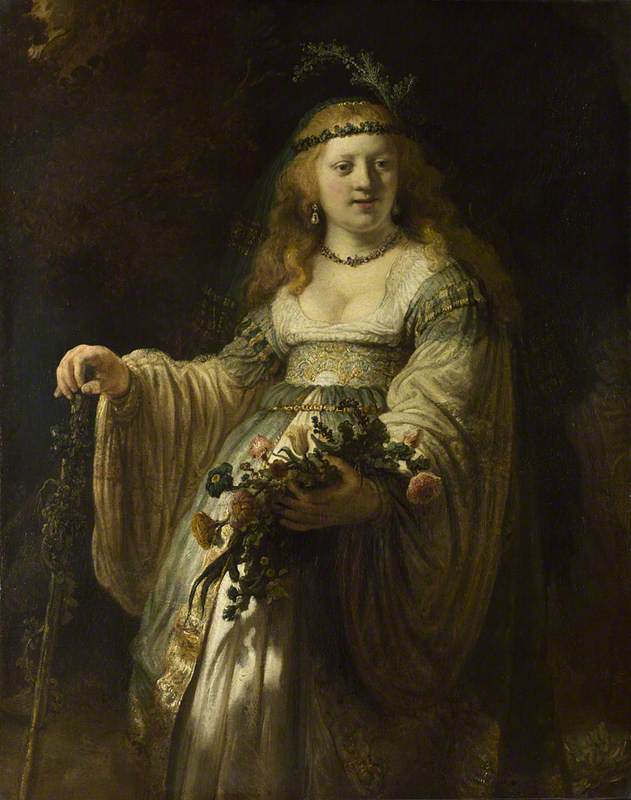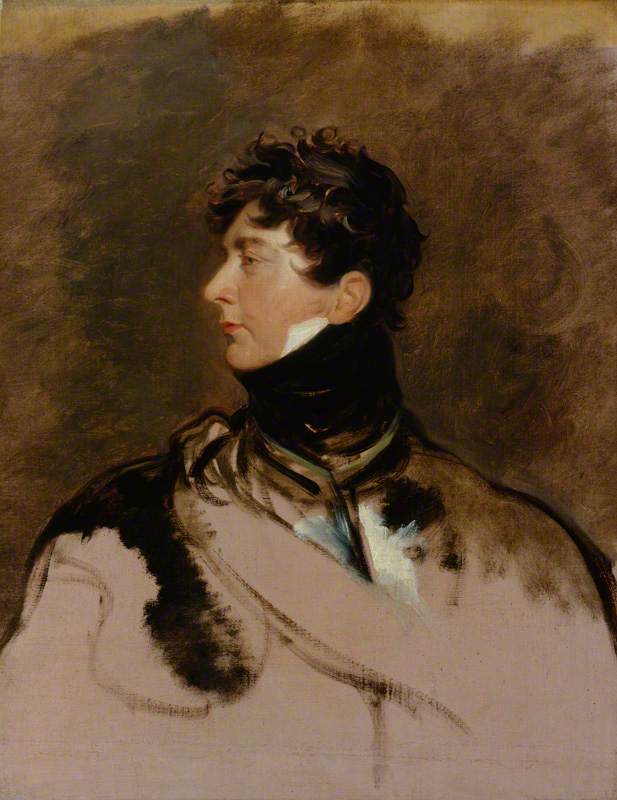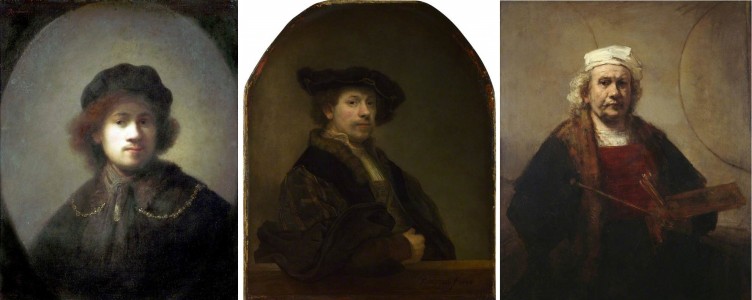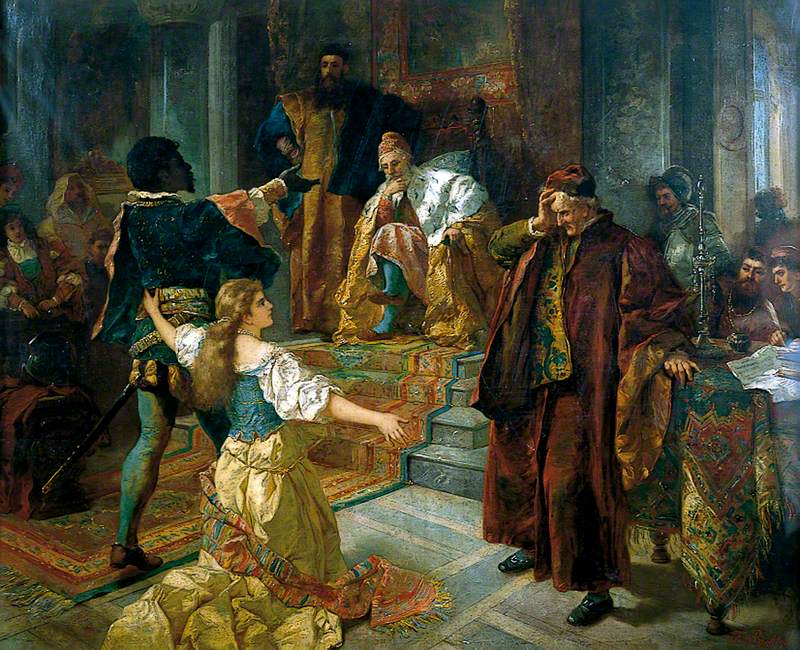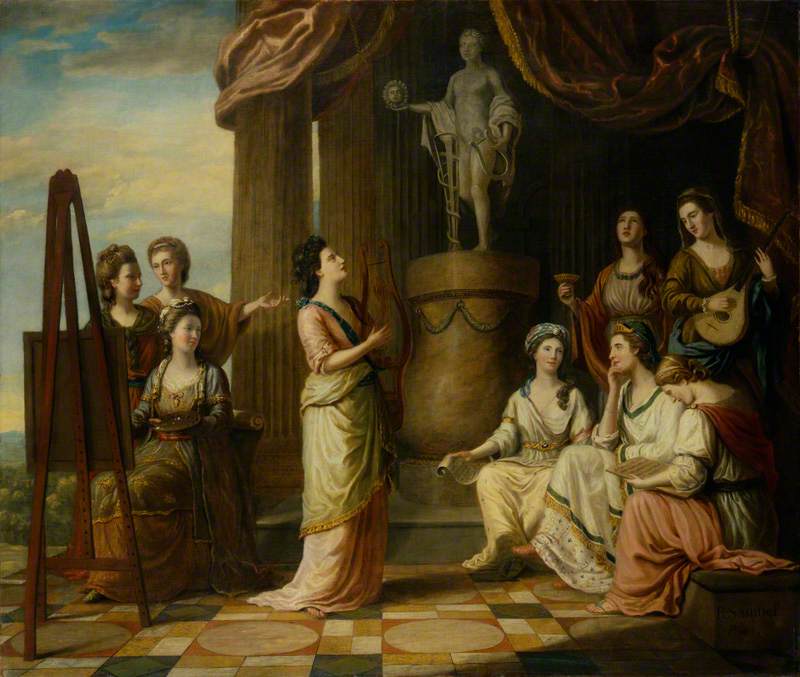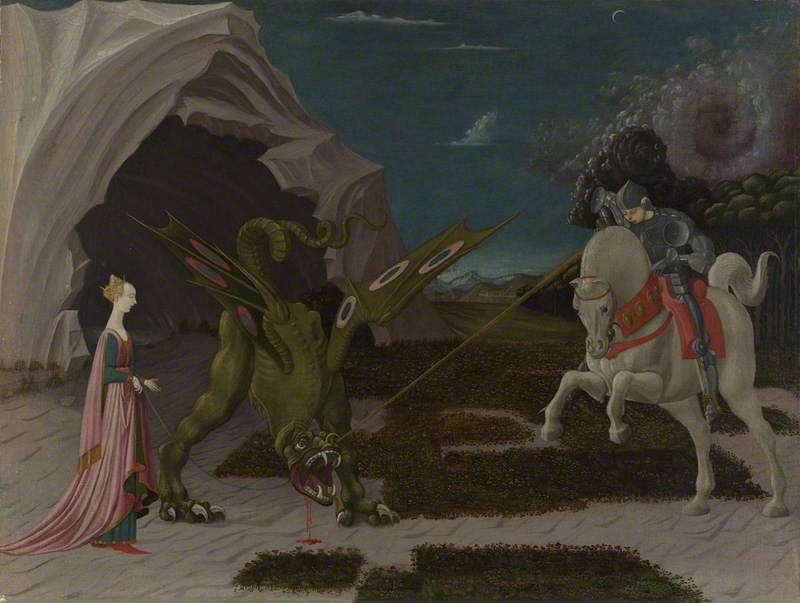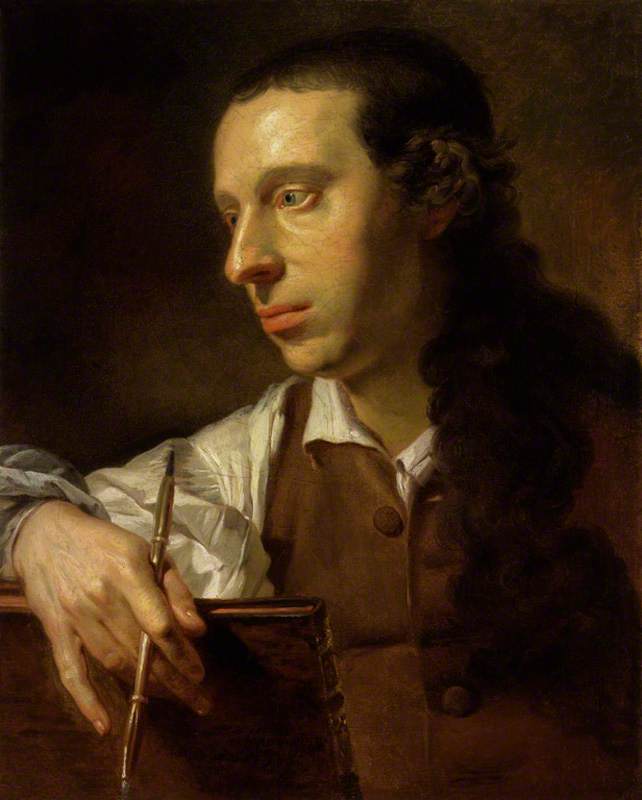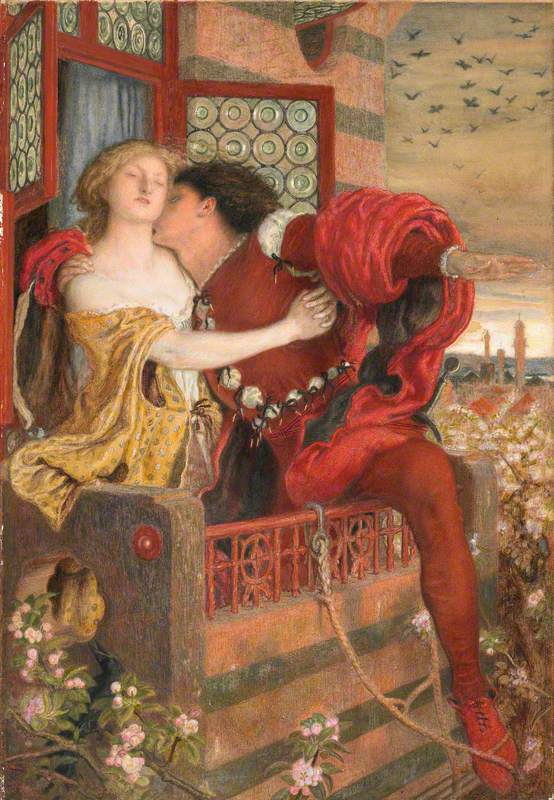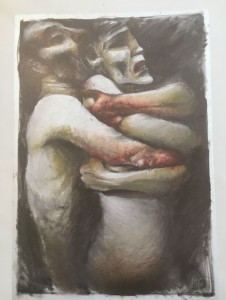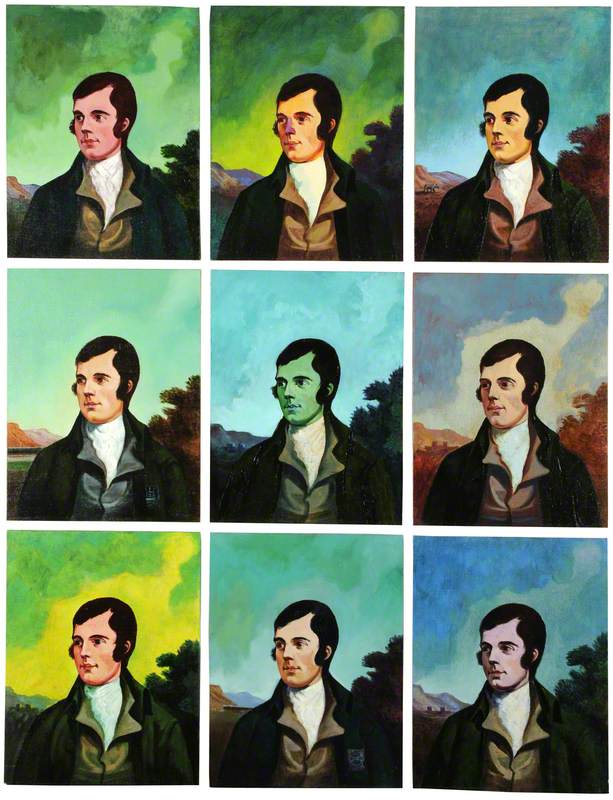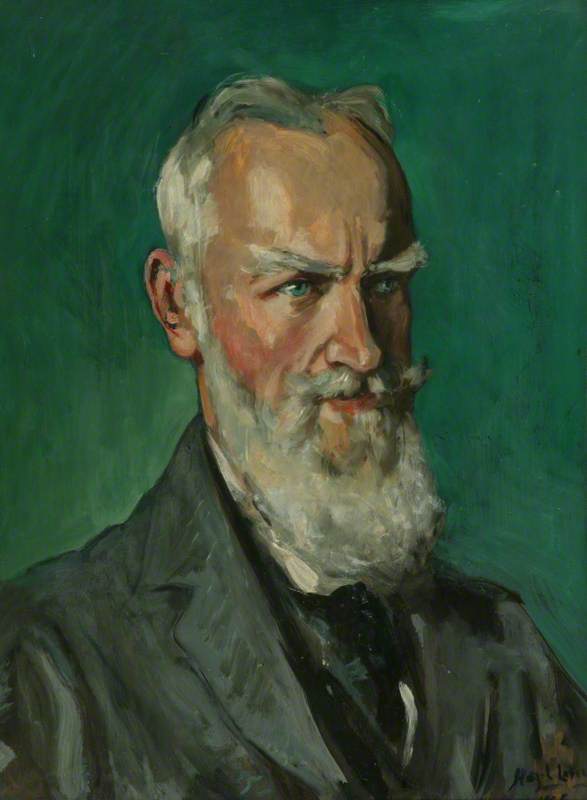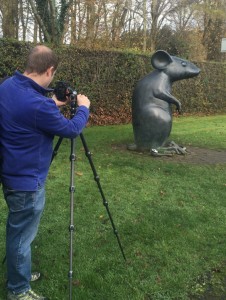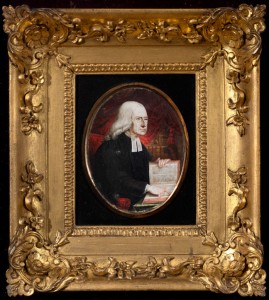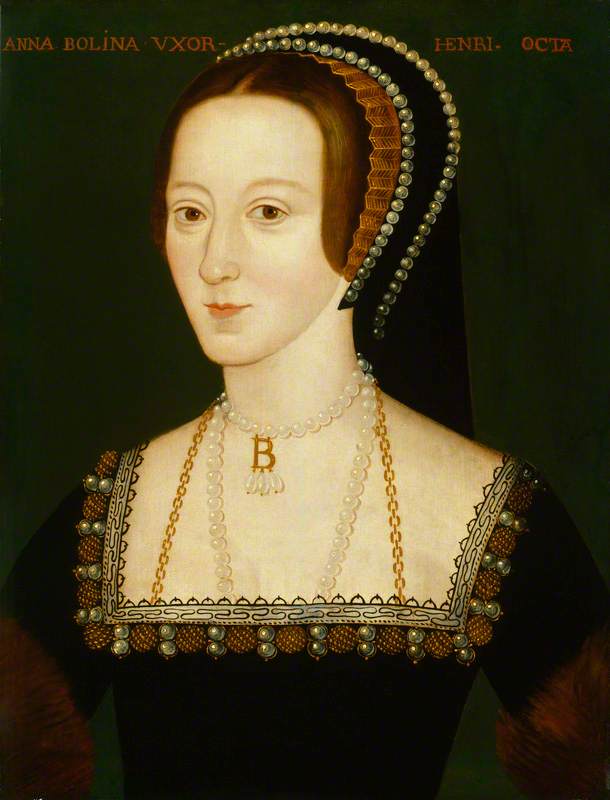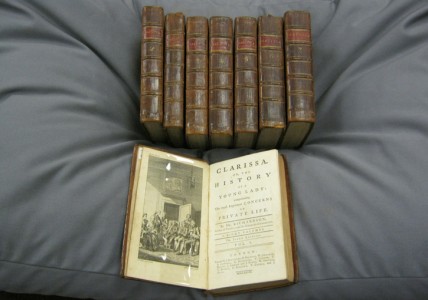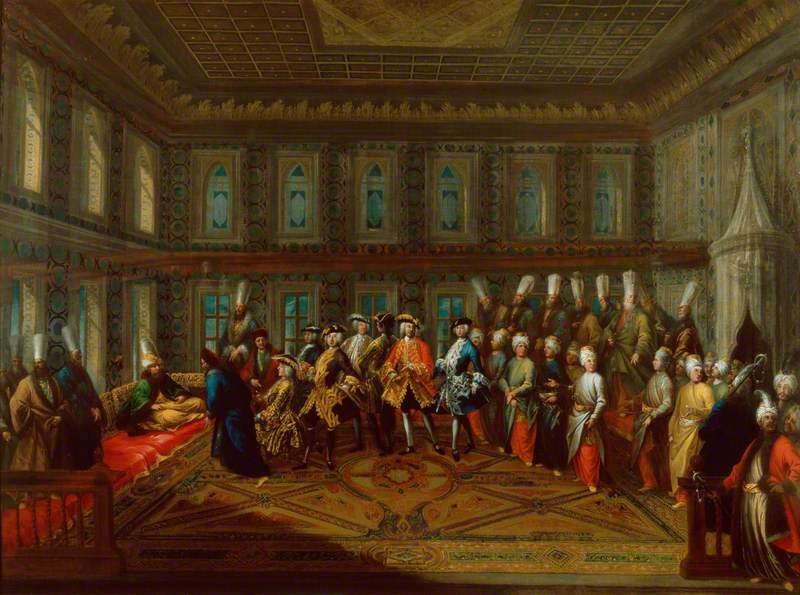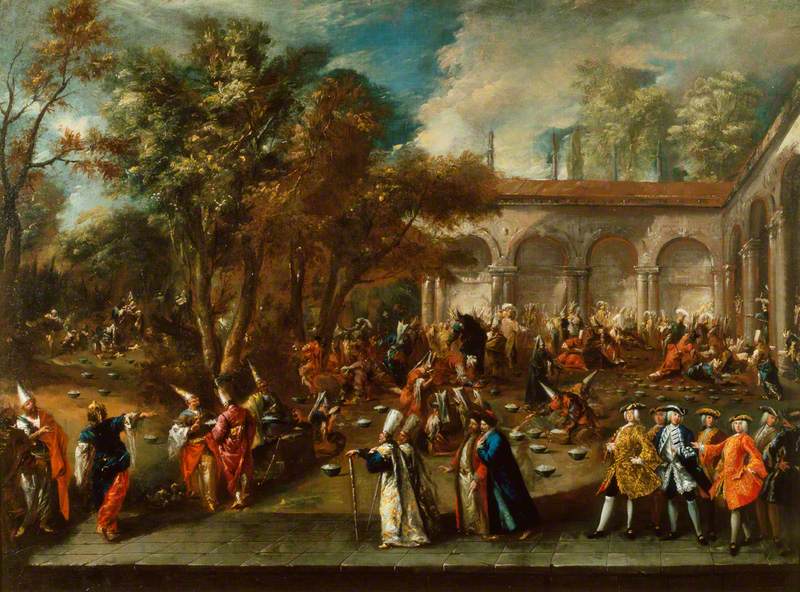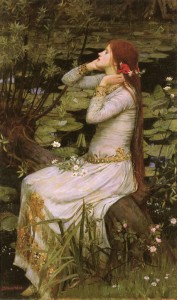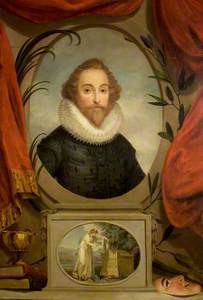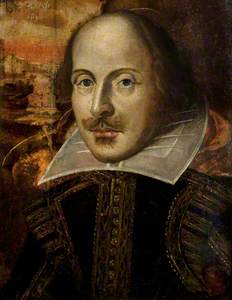'The aim of art is to present not the outward appearance of things, but their inner significance; for this, not the external manner and detail, constitutes true reality.' – Aristotle
William Shakespeare (1564–1616) is the most famous playwright in history, though ironically, we know very little about his life and perhaps even less about what he really looked like.
There are two main reasons for this. Firstly (and very obviously), Shakespeare lived before the time of photography. Therefore any painterly depictions of him must be taken with a pinch of salt. On top of this, the many paintings that have been identified to be Shakespeare were simply false or misattributed.
Secondly, it is important to note that historically, artists didn't intend to capture the exact 'likeness' of their sitters. To convey the subject's wealth and status, or even their 'inner essence' from the unique perspective of the artist was deemed more important than accurately capturing their physiognomy.
To commemorate the anniversary of his death on 23rd April 1616, we delve into Art UK's collection to ponder over the many presumed portrayals of Britain's most-loved writer, the Bard.
Sutherland Gower Portrait
Painted around 1590, this is one of the earliest depictions of a man presumed to be Shakespeare (although it has not been officially identified as Shakespeare). This oil on copper portrait is also known as the 'Sutherland Gower Portrait of William Shakespeare'.
The Grafton Portrait
'The Grafton Portrait' (Portrait of an Unknown Man)
1588
unknown artist 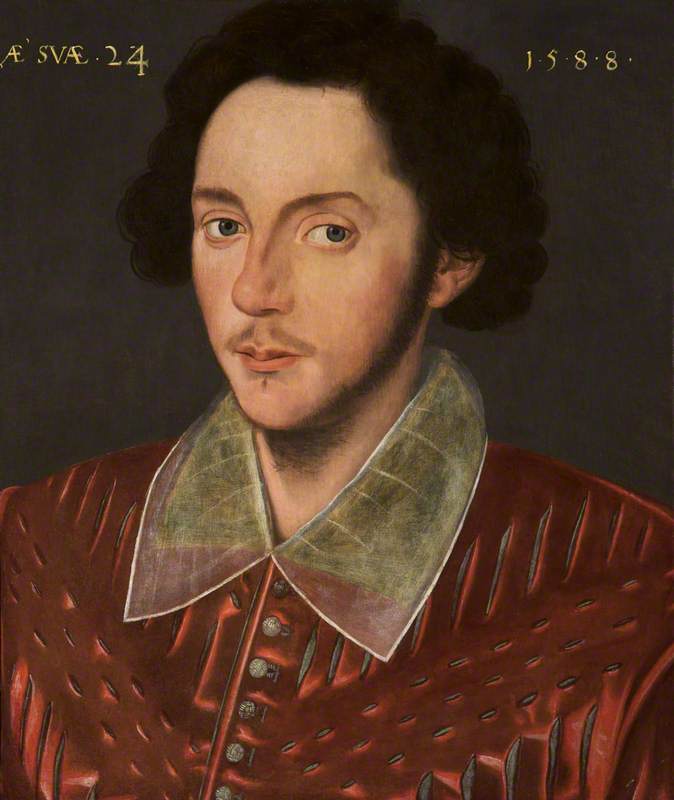
There is no evidence that this portrait represents Shakespeare, but throughout the twentieth century the painting had numerous champions expressing the hope that it did so. The main reason for this attention is the original inscription that records the sitter's age as 24 in 1588, making him an exact contemporary of Shakespeare. The portrait depicts a rather beautiful youth with curly brown hair and grey eyes, wearing a sumptuous slashed scarlet doublet painted in such a way as to depict silk or satin. Some have suggested the clothing was too refined for an actor of the day.
The Chandos Portrait
William Shakespeare
c.1600–1610
John Taylor (d.1651) (associated with) 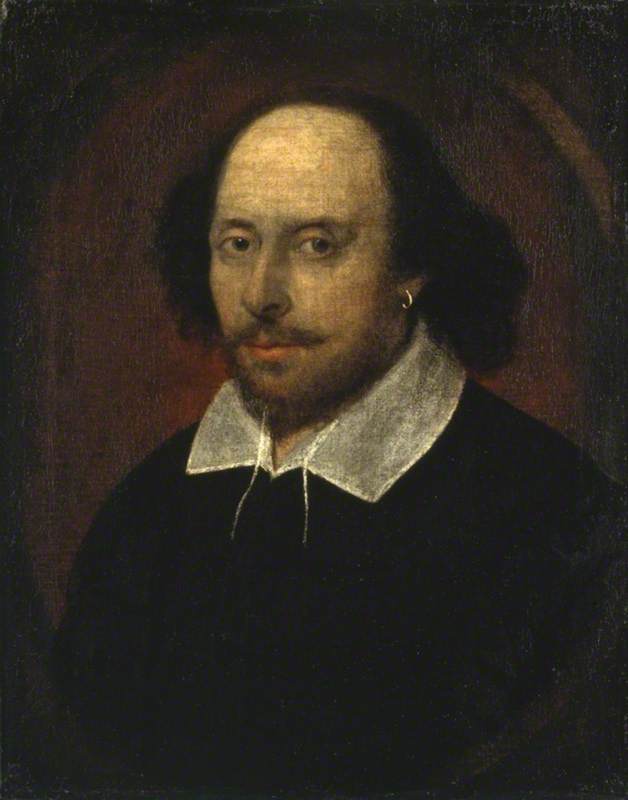
The 'Chandos Portrait' (1600–1610) can be found in the National Portrait Gallery and is probably the most famous depiction of Shakespeare as well as the most likely to be a legitimate likeness. It is believed to have been painted by John Taylor (1585–1651) and served as the basis for the engraving of Shakespeare by Martin Droeshout (1601–1650) used in the First Folio (1623).
Named after the Dukes of Chandos who formerly owned the painting, it was bequeathed to The National Gallery in 1856, as one of the first works in its collection. It is believed that the painting was also once owned by playwright Sir William Davenant (1606–1668), who according to some chroniclers, was an illegitimate son of the playwright.
The Cobbe Portrait
The Cobbe Portrait of William Shakespeare (1564–1616)
c.1610
British (English) School 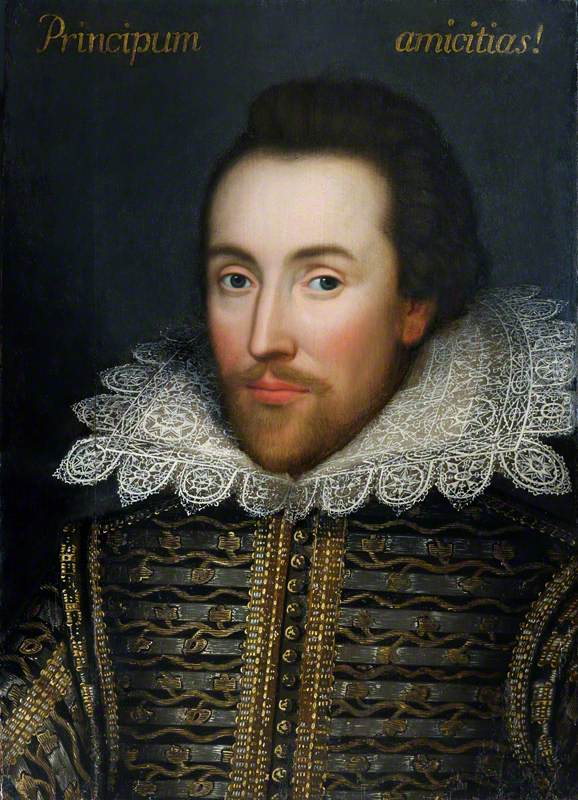
This Jacobean portrait painted around 1610 is believed to be of Shakespeare. The original version of the painting was found in the Cobbe family's collection in 2006, and shortly after many scholars claimed it was a true likeness of the playwright. The work had originally belonged to the family of Henry Wriothesley (1573–1624), one of Shakespeare's most important patrons.
However other scholars have claimed the portrait is of Sir Thomas Overbury (1581–1613), an English poet and essayist.
The Soest Portrait
This portrait of Shakespeare by Netherlandish artist Gilbert Soest (c.1605–1681) appears to have been based on the 'Chandos Portrait'. We do not know why Soest painted Shakespeare, although we know it was painted at least 20 to 30 years after the playwright's death.
The Chesterfield Portrait
The Chesterfield Portrait of William Shakespeare (1564–1616)
c.1679
Pieter Borsseler (active 1664–1687) (attributed to) 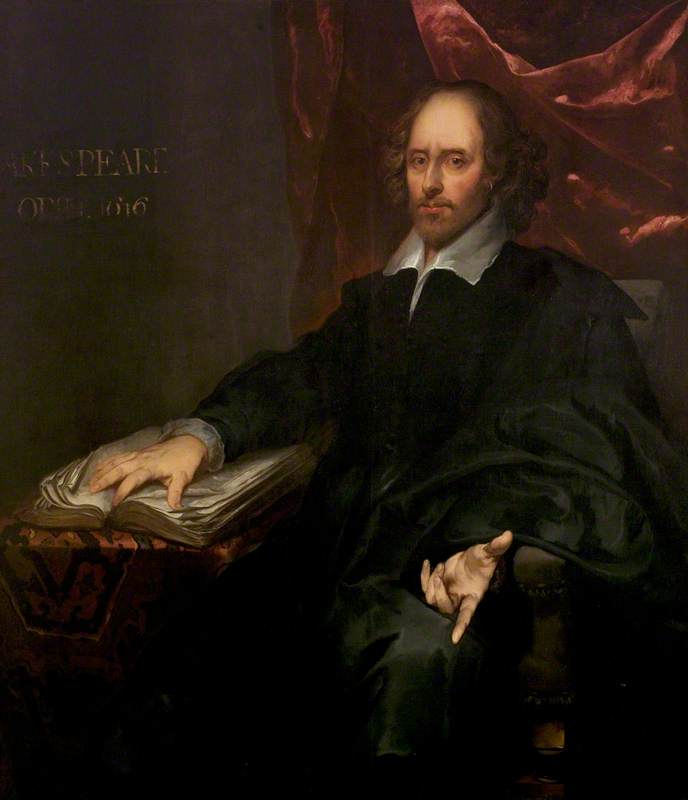
Known as 'The Chesterfield Portrait' because it was once owned by the Earl of Chesterfield, this portrait has been attributed to the Dutch painter Pieter Borsselaer (1664–1687) circa 1679 (decades after the death of Shakespeare).
Angelica Kauffman Portrait
An Ideal Portrait of William Shakespeare (1564–1616)
Angelica Kauffmann (1741–1807) 
In 1775, the prolific Swiss female painter Angelica Kauffmann (1741–1807) created this portrait of Shakespeare. Kauffman was notably one of the female founding members of the Royal Academy, becoming an academician in 1768.
The Flower Portrait
The Flower Portrait of William Shakespeare (1564–1616)
c.1820–1840
British (English) School 
Declared to be a forgery in 2005, the 'Flower Portrait' was for centuries believed to be an accurate portrayal of Shakespeare. Originally believed to be painted in 1609 (according to its signed date), it was in fact, painted in the nineteenth century. It was clearly inspired by Droeshout's engraving of Shakespeare that appeared in the First Folio.
Lydia Figes, Art UK's Content Creator
